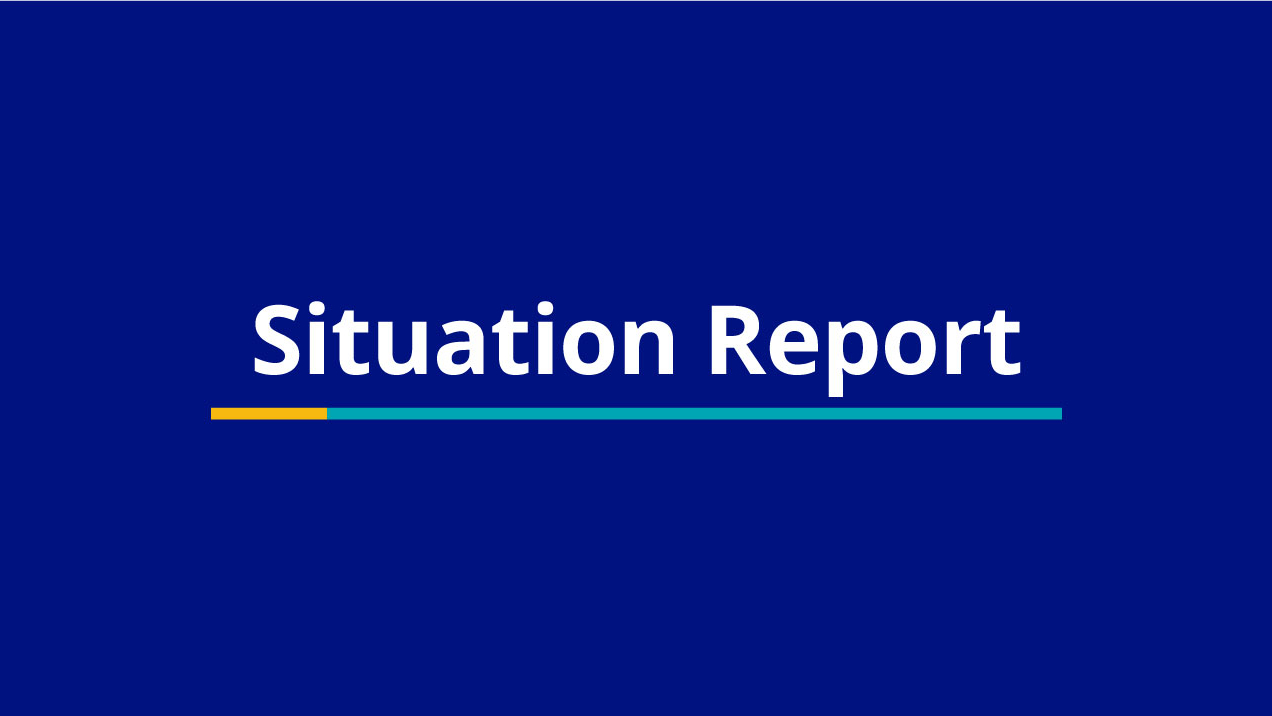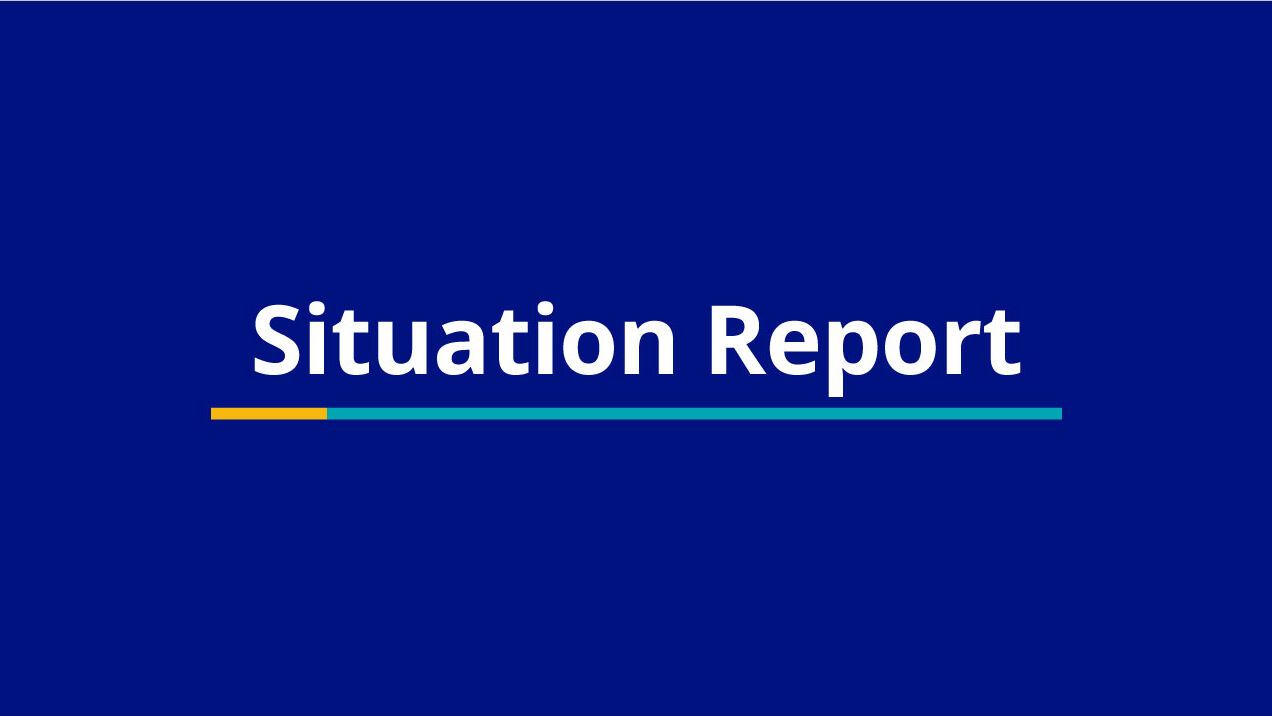Migrant Needs Assessment
The migration dynamics of people travelling through Mexico to reach the United States have changed dramatically over recent years.

In 2020 the number of migrants dropped significantly as borders were closed during the COVID-19 pandemic. Three years later the number of migrants is skyrocketing as causative factors worsen, including exacerbated poverty levels due to the COVID-19 pandemic and the impacts of climate change on extreme weather, agriculture, and livelihoods. Changes in United States policy also significantly affect migrant flow. Title 42, which had previously closed the U.S. border to all asylum seekers on the grounds of protecting public health during the COVID-19 pandemic, ended in May 2021. Two months later the Migrant Protection Protocols (MPP) program, which forced migrants from Mexico to wait outside of the U.S. for the duration of their immigration proceedings ended. Migrant flow has seen an uptick since this time.
The Northern Triangle – El Salvador, Honduras, and Guatemala – has been a major source of migration through Mexico to reach the U.S. in recent years, informing significant changes to migration dynamics. A variety of factors, including climate change and subsequent extreme weather, agricultural failings and corresponding food insecurity, and violence related to the dominating drug trade, is responsible for the more than 400,000 estimated migrants on average annually in recent years moving in search of better opportunities.1
In fiscal year 2021 migrant numbers from the three Northern Triangle countries continued to rise, collectively forming close to an estimated 700,000 (41%) of migrant encounters by Border Patrol at the U.S.– Mexico Border. Although Mexico still formed the single most common origin country of estimated migrant populations, populations from the Northern Triangle and other countries have risen compared with previous years.
 Loading…
Loading…



